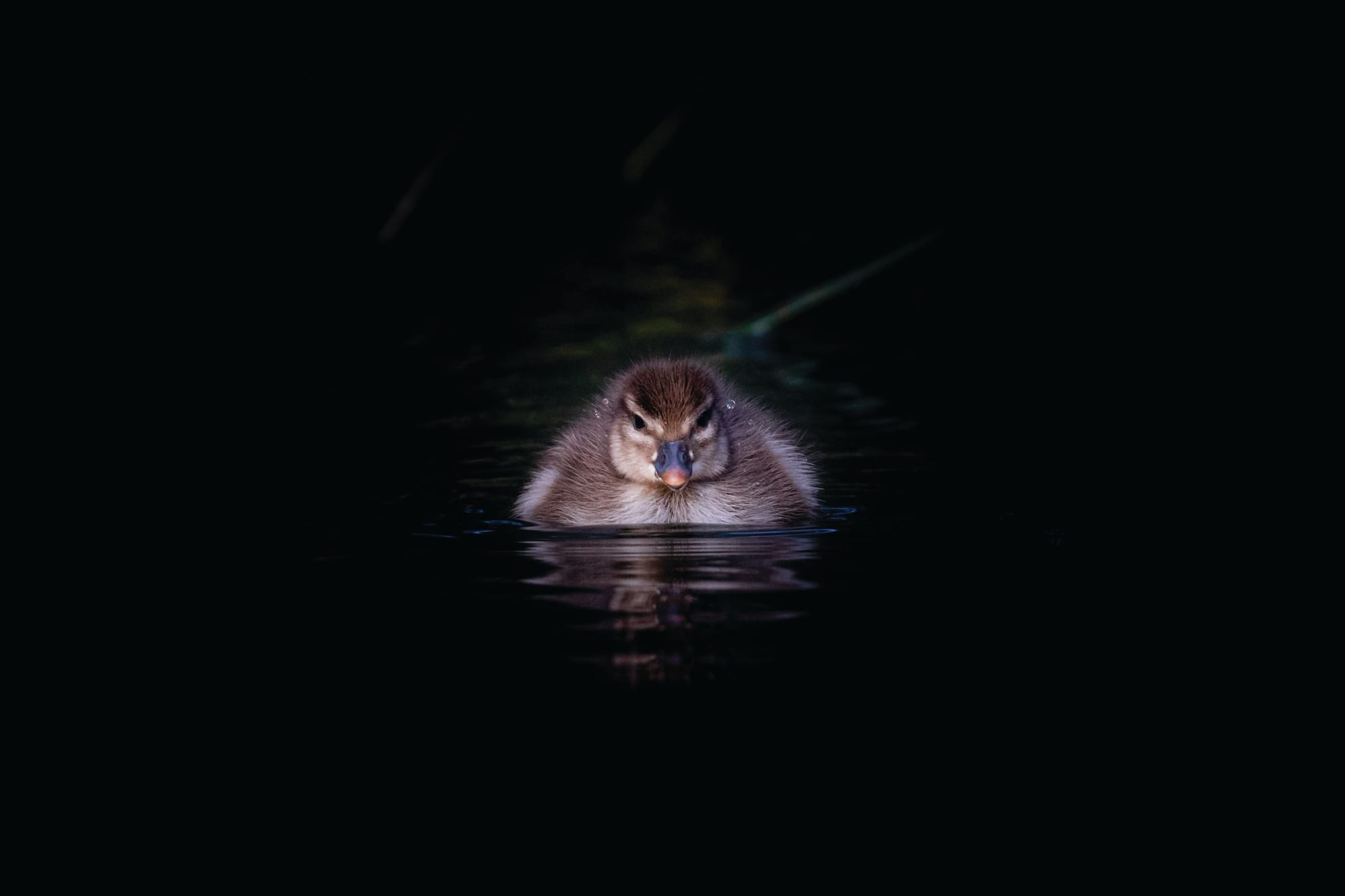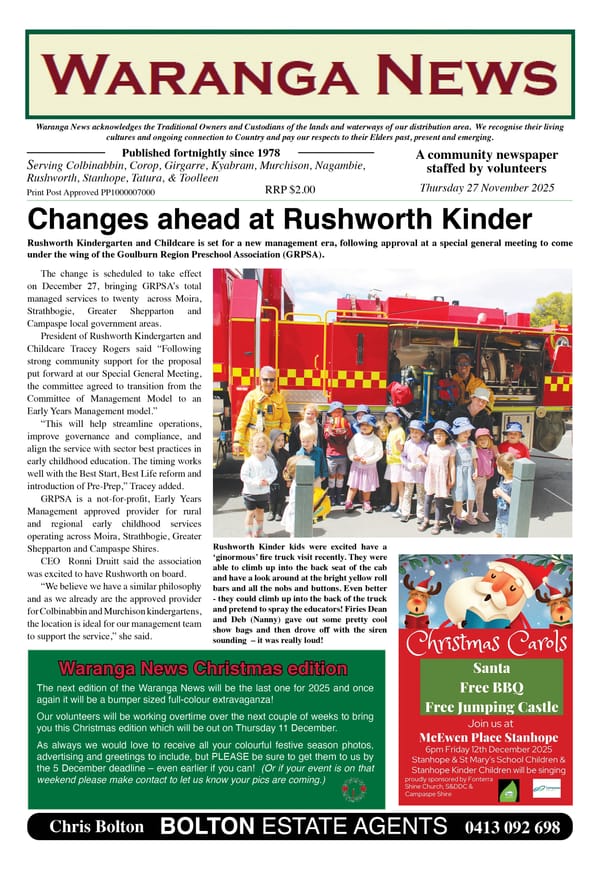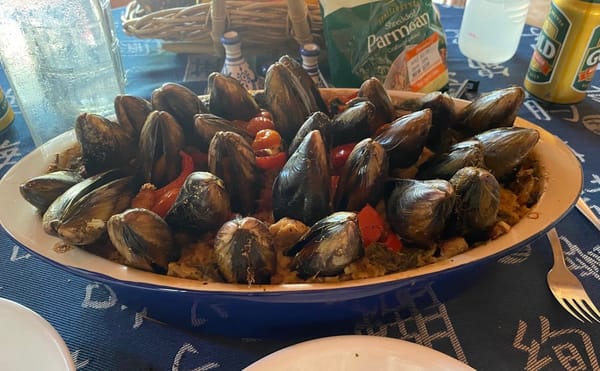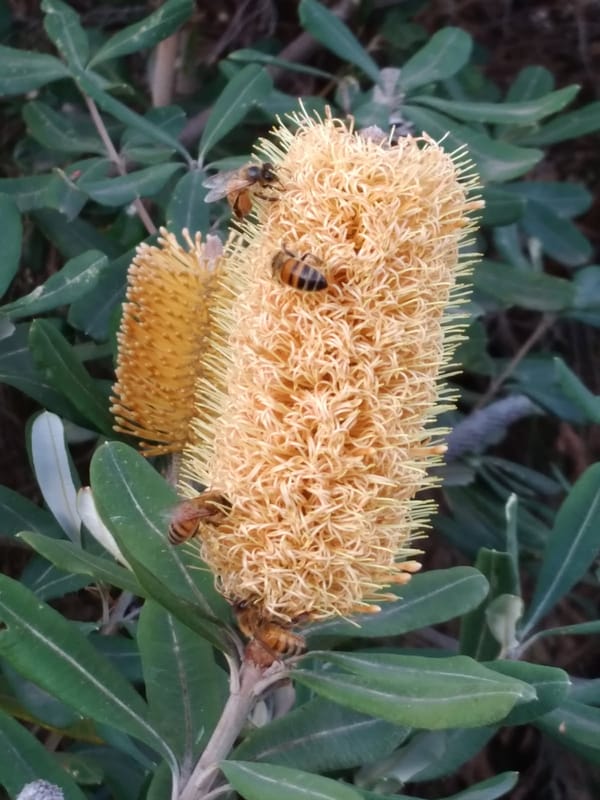Vulnerable ducks

Regardless of how many native ducklings I’ve seen and raised over the years, they still melt my heart. Each year many come to Bohollow for help when they run into trouble.
The season has started with Wood ducklings and the first one to come in for the season moved to an outdoors enclosure today, although he will be brought back in overnight for the first week as he acclimatises to life outside a light box. We turn off heat in the light boxes for a week or two before they move outside as birds are very susceptible to sudden temperature changes so each step in the raising process has to be carried out accordingly.

Australian Wood Ducks, also known as the Australian Maned Duck, are one of Victoria’s most common native duck species. They are a true grazing duck, unlike our Teal and Pacific Black ducks who are dabblers. Dabblers do most of their feeding in the water, dabbling in the shallows, while grazers feed mostly on land.
Wood Ducks only nest in hollows. This means many hatch out in the last remaining old growth trees along our roadsides and even in old growth trees in our towns.
The eggs usually hatch out over a 24 hour period and mother duck stays in the hollow with the young for about a day after the ducklings hatch. Then one by one, they climb out of the hollow and launch out of the tree to the ground. Many duck nests are quite high up but the fluffy ducklings seem to cope with the drop well and casualties from the fall are rare.
The problem for the parent ducks and their babes is navigating through streets and roads on their journey to feeding areas, as the nest site may be nowhere near water or a good food source.
Ducklings fall down stormwater drains as they travel along the gutters, fall down the grates, again through to the stormwater pits and pipes in carparks and run the gauntlet of traffic.
A common rescue for us is rescuing ducklings from swimming pools. They get in ok but they are usually too small to make the jump back out and without adequate water proofing yet, the ducklings cannot remain in water for lengthy time periods or they get waterlogged, cold and drown. Putting a makeshift ‘ramp’ up the edge of a pool can save duckling lives. Even a towel draped over the edge will often suffice as they have great claws on their little webbed feet and can climb out as long as they can get purchase.
Both Wood Duck parents carry out ducklings duties and male Wood Ducks will fiercely protect their family. I’ve had male woodies charge at my vehicle from the edge of roads as I travel past, in a gutsy display of parental duty!
From hatching to flying our native ducklings take about eight weeks, so grow extremely fast! Therefore care and diet is really important to accommodate their rapid development.
Here at the shelter, all the ducklings raised are soft released at our rehabilitation dam. We built the dam specifically for the rehabilitation and release of our waterbird species.
The enclosures surrounding the dam are simply opened up when they are ready and it’s the perfect environment for them to learn foraging techniques and acclimatise to wild life again while being supported by us.
Once ducklings are released, food is placed out once a day so they are encouraged to forage on their own. They fly in and out as they please and know they have a safe place to rest at night. It’s also a great, natural environment for them as many wild bird species visit the rehab dam, some, I’m sure have been patients here at Bohollow before and choose to drop in at times.
This time of year, the rehab dam becomes a place full of fresh new beginnings for many waterbirds who have lost their parents or run into trouble. It’s a valuable asset for our rehabilitation work.
Keep an eye out for baby birds navigating our roads and streets. They are slower and have little to no road sense until they learn the dangers vehicles pose. Through being vigilant, slowing down and using our vehicle horns, we can help more of our young wildlife make it through the heightened danger period that recently hatched and fledgling birds face when their life begins out in the wild world.




